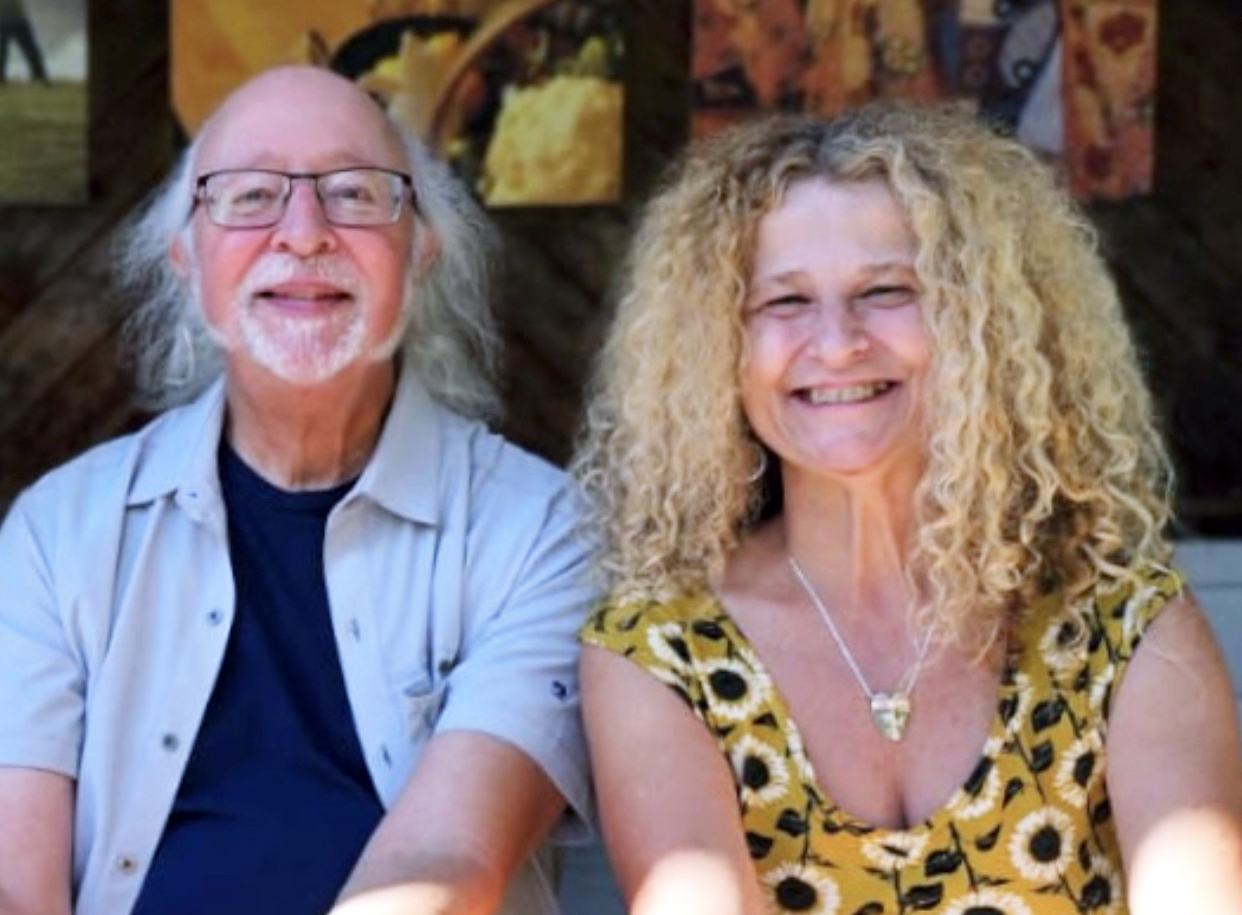Questions Touching on Shadow Work
Dean’s Update, October 2023
Questions Touching on Shadow Work
0:00
/
0:00
Dean's Update
We are just about in the middle of our fall semester here at the FCEA. Always around this time, we have our mid-course Q&A Zoom calls. I love getting a chance to connect and touch base with so many of you! This fall, I am glad to hear our courses are going so well. But we are at the start of Scorpio season now, so I am going to dive into the truth, even if it involves a little “shadow work.” You see I’d like to encourage more students to take an active interest in attending our class orientation and Q&A calls. Sometimes students mention they want more Zoom interaction at the FCEA. These calls are a PERFECT way to do just that! Hmmm…why do students say they want more Zoom, but then not follow up with attending?
We typically have a good attendance for the mid-course Q&A calls, but still we often miss a good third of our class enrollment. Why is this so? Students often love our Zoom calls, where everyone gets to meet the teacher and tutors, as well as fellow classmates. So I am giving a big “shout out” – please try to attend our course calls. The calls are always recorded, but having a live conversation with the teacher or a tutor is so helpful. We are here to answer questions and share chart analysis together. The opportunity is always there.
On a similar note, we have created new courses: 101Z and 201Z, composed entirely of Zoom interaction with a tutor and a small group of classmates. We listened to your request for more Zoom learning experiences. However, again, enrollment needs a boost. The class enrollment is limited to five students and we need four to make them run. We have yet to see many students following through on enrollment and taking an active interest in these new classes. Please consider them an option in 2024!
I also want to share with everyone that the structure of the FCEA curriculum has a really clear mission and design. We start off with Zoom interaction through the orientation and Q&A calls for the new folks working through the 100-level and continue this basic approach into the 200-intermediate level. Steven and I chose to make most of the student contact occur in written format at these early stages, because we believe learning best takes place when students actively apply what they are learning.
Now don’t get me wrong – I do see the value of our course Zoom calls and also our popular study group calls on Zoom. But such methods of instruction emphasize passive learning, when many students sit back and listen and less time is involved with putting both our mind and heart to applying our skills in chart analysis. Just pay attention to these calls – mostly the same students speak up and, well, some students simply remain quiet, while a tutor takes center stage. In FCEA 103 and 200-level FCEA classes, students must take an active interest in posting in discussions and completing written assignments. And it is hard work! First and foremost, we hope to train talented and skilled evolutionary astrologers who can do the work. But it just takes patience to see it unfold.
Recently, I had an email exchange with one of our advanced 300-level students currently taking the 306 Master Practicum with Steven and myself (she humbly asked to remain anonymous). She shared with me how impressed she was by the sheer talent and thorough work her classmates demonstrated. Steven and I totally agree! It is truly a gift to listen to them explain chart analysis in our 306 Practicum class. Their comments are clear, concise, and beautifully spoken. In response to our discussion about how well the 306 students were doing this fall, this advanced student shared with me:
“I was reflecting yesterday on how impressive my fellow 306 classmates’ interpretations have been, and I can look back and see it is a result of the program slowly becoming more complex over the last 3 years! It seems to me that a student who doesn’t participate fully would have a very hard time in the 300 levels, so I’m happy that you have set this standard.”
Please try to see the beauty of participating and working diligently to learn our sacred craft. Realize homework and written analysis in forums are invaluable as learning tools. I am confident you too will feel eventually like this 306 student does today!
In the 300-level classes, you enter the next stage in the FCEA “ladder” of learning. It is worth the wait. Once doing the difficult tasks of thinking, writing and applying your skills through forums and assignments, advanced students hone their skills through class presentations and Zoom dialog with a tutor in conjunction with written work. And we are improving these 300-level courses each time we offer them. We are fine-tuning our course scheduling in advance to better assist students to find times the Zoom sessions will work for them. In 2024, we anticipate offering meeting times and days in advance as best as possible to help smooth this transition from 200- to 300-level class participation. We listen to you and we are making strides to improve our classes each step of the way.


